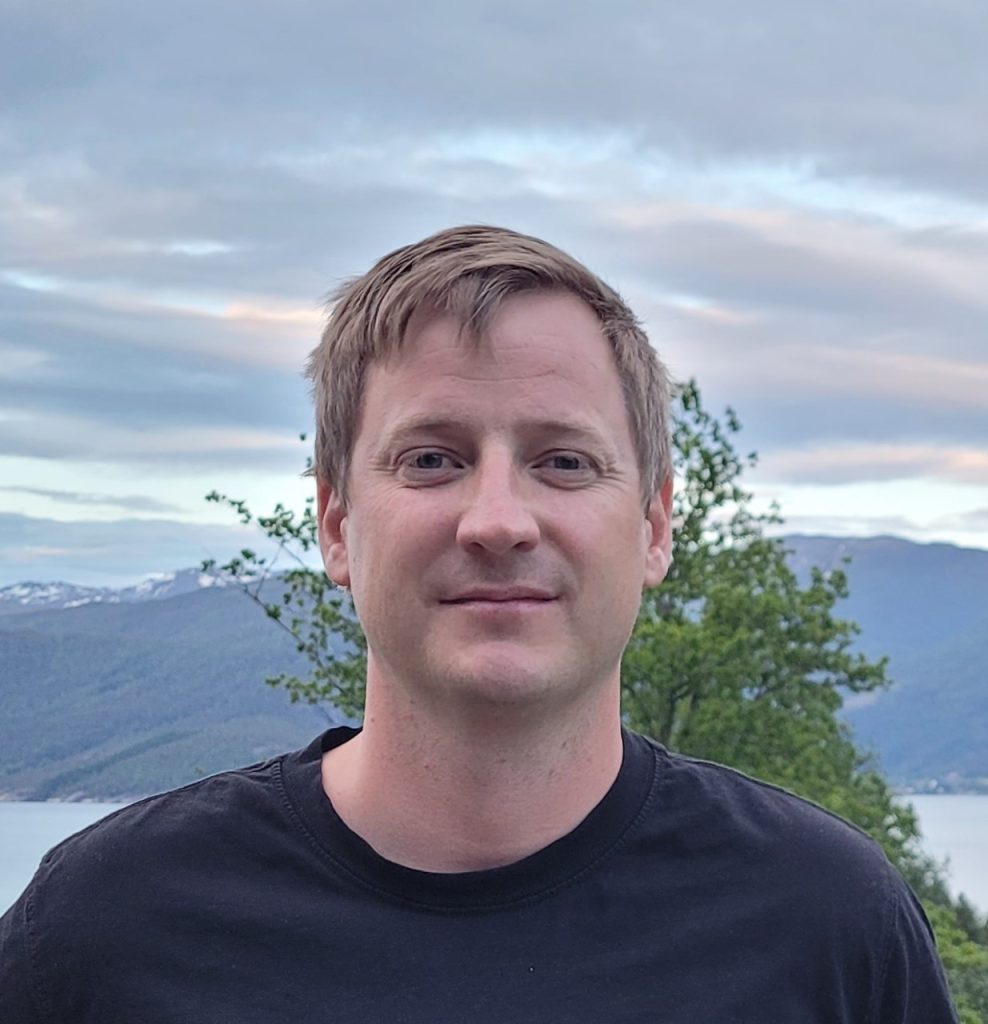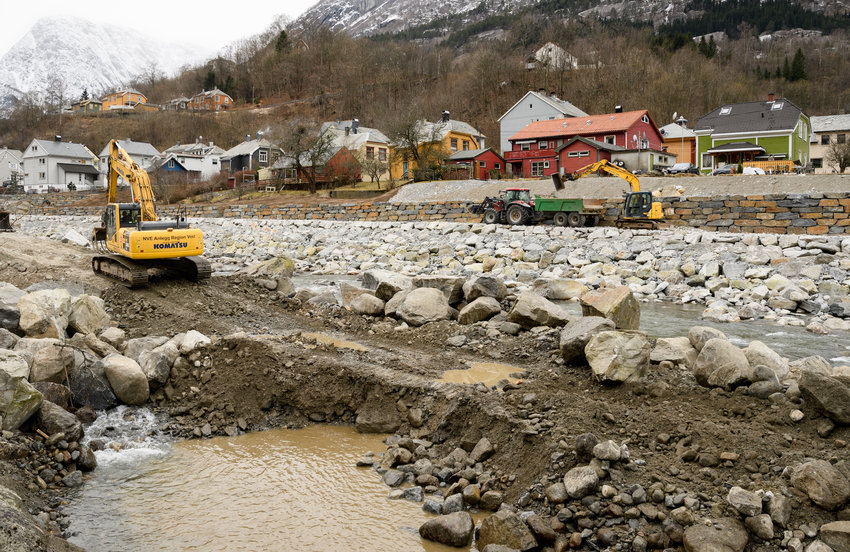Geir Berentsen is an associate professor at NHH, one of the research partners in Climate Futures. He has worked there for about 3 years and has been involved in Climate Futures since the centre started in the fall of 2020. However, he has not always worked with climate risk – statistics is a much more diverse subject than one might assume, and the statistical principles can be transferred between many different fields. In the following, we will learn more about what possibilities exist within statistics, and how to use statistics in climate risk.

Geir has a PhD in statistics from the University of Bergen. After finishing his PhD, he worked for three years as a safety engineer in Safetec, which is also one of the partners in Climate futures. He later returned to UiB to do a postdoc. He has a quite broad academic background, both theoretical and applied, with for instance finance and insurance, but also modelling of gas leaks and genetics.
Statistics is about retracting knowledge from data, and better-quality data equals better-quality knowledge. For example, we have a very detailed health registry in Norway. Among other things, Geir has investigated how the c-section rate varies geographically and in time.
– There can be many different explanations for this. Different hospital practices can be one reason, for example at Haukeland in Bergen they have very high competence in breech births so the chance of having to do a c-section is consequently lower than in other parts of the country. What might have been concerning, was if you had municipalities with a high c-section rate where hospital practice was not the explanation. In that case, the reason could potentially be of a more serious kind, like contaminated drinking water or radioactive waste. We used models to look at the geographical spread – between municipalities in Norway, and over time – from 2001 to 2014. We then found that the variation in c-section rate most likely could be linked to different hospital practice.
How did the process of changing “fields” start?
– I have worked with other projects as well, among other things insurance and finance. Thus, it was not completely unnatural that I started working at NHH, and I am very happy about that decision. It is a great environment, both in terms of research and teaching.
Why did climate research appeal to you?
– Climate risk feels like the most interesting and meaningful thing to work with in 2022. The topic is highly relevant within insurance and finance, and the big question these two industries ask themselves these days is: “How does this affect us?”.
What thoughts do you have about climate change, in Norway and in the world in general?
– Certain industries can clearly benefit from climate risk and climate change. Renewable energy companies will for example benefit from a shift to green energy, and technology companies can contribute with solutions etc. Simultaneously, there will definitely be losers in these scenarios – for example, industries that are highly water-intensive, such as steel, cement etc. will lose in places where it becomes drier but thrive in places that will get more rain.
The uncertainty around this is the reason why it is hard for companies like for example KLP to act on the risk analysis that involves future climate risk. If they actively try to influence in one direction and it turns out not to be true, it can have a negative impact on both the company in question and KLP. This is called transition risk. The fact that we are transitioning into a society that needs to handle climate risk is a risk in itself.
– What I can say for certain is that we do not know enough about how this will affect different industries. One thing is the IPCC saying that there will be changes, but how it will specifically affect the finance and insurance business is uncertain. They are in a situation where they have grasped that climate risk exists, but they are probably not alone in being unsure how to approach it. They need to be careful not to do anything rash – they cannot for example suddenly increase the prices of home insurance making them many times as expensive. Climate risk must be incorporated in risk management in a smart way, and that is exactly what we are trying to help them do.
So what do statisticians do to help companies better understand climate risk?
– Within finance, we investigate to which degree business owners can affect the businesses to develop new green technology. This type of knowledge is useful for companies like KLP that are interested in this transition risk.
In addition, statisticians work with insurance companies to find out which weather phenomena give the biggest daily payments on home insurance, and work to try and understand these events and the probability of them occurring. This again can help the companies price their products right so they can afford to pay their customers if the damage occurs. Additionally, the companies want to work preventatively to avoid damage altogether.
What do you like best about your current job? What does a normal day look like for you?
– I participate actively in the research, and I supervise two PhD students who work with climate risk with KLP and Tryg. My role is to maintain contact with the companies and make sure the projects actually are of interest to them. The key is to create a balance that allows the PhD students to have an academically interesting doctorate which is also exciting to the companies. I also teach statistics at NHH, which I find very rewarding and meaningful. It is particularly exciting to be able to do research in a field that is so relevant.
Geir and his NHH colleague Håkon Otneim, who also works in Climate Futures, recently received the “Inspirational Teaching Award” for their pedagogical work during the pandemic.
Why Climate Futures?
– I really like the format of an SFI. As a researcher, it is incredibly useful to get input from the industry about which issues they are interested in. NHH aims to work closely with the industry, so Climate Futures is very compatible with the core values of NHH. KLP invests in companies that are vulnerable to physical climate risk, Tryg has insurance products that are definitely affected by physical climate risk, so the companies have many overlapping issues. Both are interested in figuring out what influence they have. Can Tryg use seasonal forecasts to alert their customers that they should take their things out of the basement due to flood risk? Can KLP influence their companies to do innovation that creates better climate results? This is what we try to help them with in Climate Futures.

